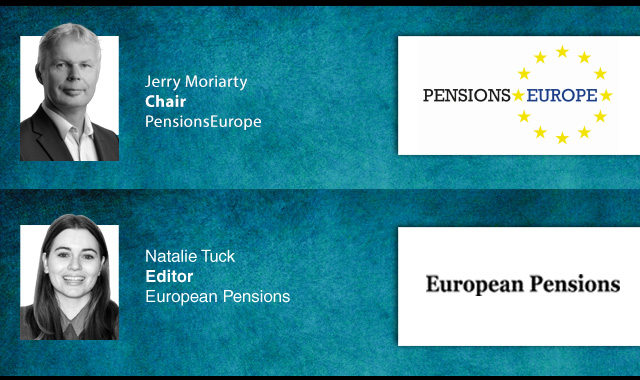Four out of ten occupational pension savers choose not to have repayment protection, with more women than men forfeiting the security option, according to a survey from KPA pension.
The survey focused on customers who had recently applied to withdraw their occupational pension and those who had received their pension payments for up to four years.
When asked about the reason behind choosing repayment protection, women more often stated that they wanted to maximise their pension payment by removing it, while men more often said that their life situation made it relevant to have repayment protection.
Indeed, the survey found that men tended to take their partner/cohabitant and children/grandchildren into greater consideration when it came to the choice of withdrawal timing.
In the open responses regarding other reasons for the choice of timing, the individual's own age and expected lifespan, illnesses and health issues, both their own and their partner's, and their own finances were all mentioned.
Others stated that they adjusted the withdrawal timing to other benefits, such as housing supplements.
Compared to those who removed repayment protection, those who chose repayment protection tended to choose a longer payment period.
However, the survey also revealed a lack of knowledge regarding withdrawal and repayment protection.
Just over four out of ten did not know how they had chosen, and of these, a little more than half had selected to have repayment protection.
Men more often stated that they were more confident about what they had chosen and had a greater overview of the withdrawal than women.
Within the municipal and regional sectors, a managed option for automatic payment occurs when an individual turns 70 years old unless the individual has been notified that the payment should start before or after that.
Of those surveyed, only 35 per cent knew this function existed, and six out of ten withdrew several occupational pensions simultaneously.
Men did so to a greater extent than women.
The reason for withdrawing several simultaneously was primarily because there was a financial need to.
Here, a higher proportion of women responded that the finances required it.
Other reasons included that it felt easiest to withdraw several at once and that it felt important to have access to all pensions simultaneously.
In addition to these reasons, some stated they wanted to save the occupational pension capital in another way or for tax reasons.
Despite some knowledge gaps, half of the customers claimed to have a ‘very good’ or ‘fairly good’ overview of the occupational pension.
Those who reported having a good overview had higher pension capital and a higher level of education.
Just 23 per cent stated they had a fairly or very poor overview before the withdrawal.
Consequently, most respondents did not regret their choice of pension withdrawal.
If they had made the choice today, 15 per cent said they would have made a later withdrawal, and 7 per cent would have made an earlier withdrawal.
Regarding the payout period, 15 per cent would have chosen a longer period, and eight per cent would have chosen a shorter period.
Only 3.5 per cent regretted that they chose to keep the repayment protection.
Latest News
-
€550bn Dutch pension shift to trigger ‘significant unwind’ of longer-dated bonds
-
Three trends reshaping pension systems worldwide - ETK
-
Denmark’s PFA completes DKK 40bn investment switch
-
News in brief: 12 December
-
NBIM ‘all-in on AI’ as it publishes updated strategy
-
Sweden's AP7 introduces risk-based exclusions framework; 35 companies excluded
Podcast: Stepping up to the challenge

In the latest European Pensions podcast, Natalie Tuck talks to PensionsEurope chair, Jerry Moriarty, about his new role and the European pension policy agenda
Podcast: The benefits of private equity in pension fund portfolios

The outbreak of the Covid-19 pandemic, in which stock markets have seen increased volatility, combined with global low interest rates has led to alternative asset classes rising in popularity. Private equity is one of the top runners in this category, and for good reason.
In this podcast, Munich Private Equity Partners Managing Director, Christopher Bär, chats to European Pensions Editor, Natalie Tuck, about the benefits private equity investments can bring to pension fund portfolios and the best approach to take.
In this podcast, Munich Private Equity Partners Managing Director, Christopher Bär, chats to European Pensions Editor, Natalie Tuck, about the benefits private equity investments can bring to pension fund portfolios and the best approach to take.
Mitigating risk
BNP Paribas Asset Management’s head of pension solutions, Julien Halfon, discusses equity hedging with Laura Blows
© 2019 Perspective Publishing Privacy & Cookies







Recent Stories